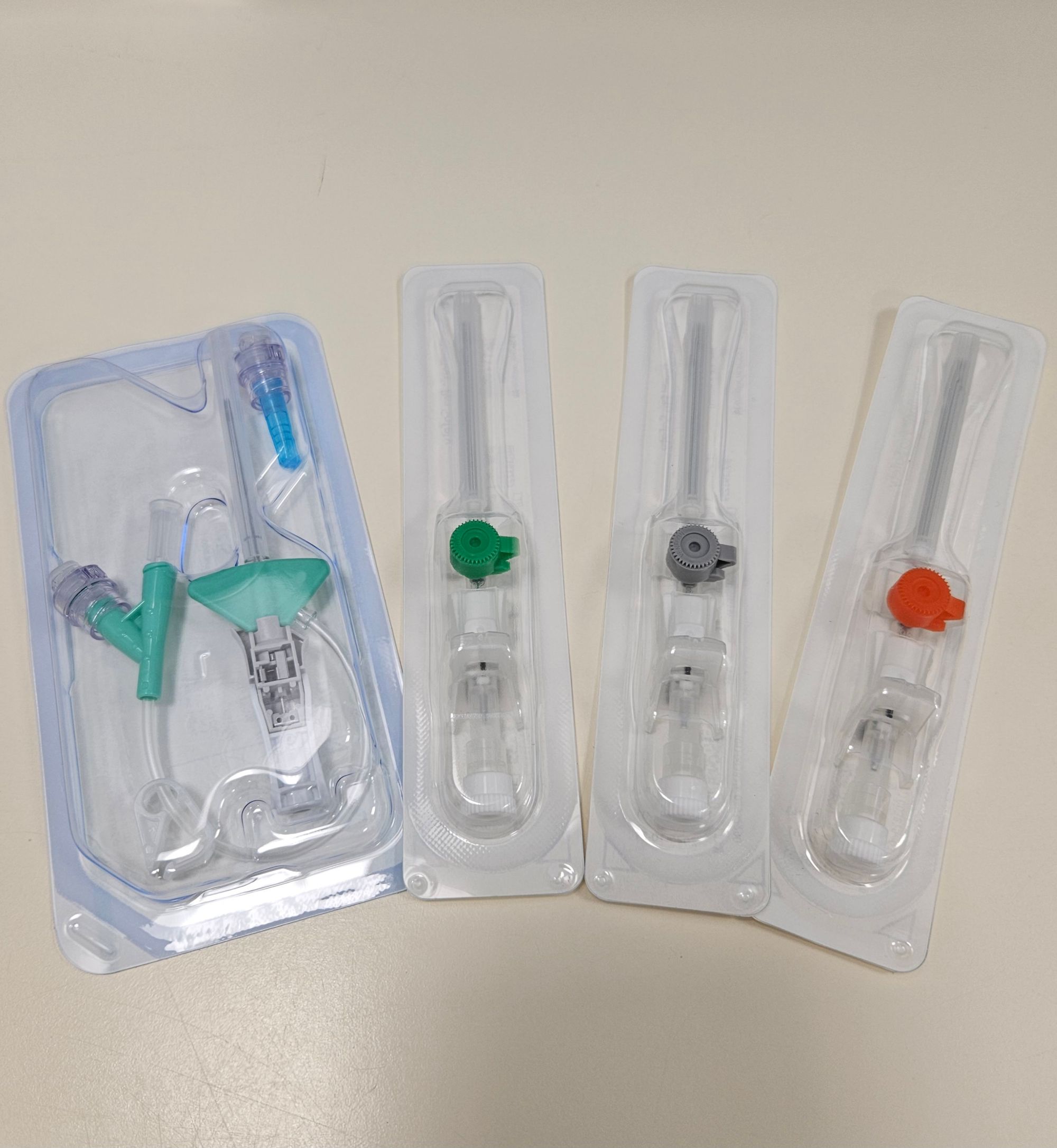Top tips for Obstetrics

We do not claim to be experts in obstetric anaesthesia by any measure, but we've picked up some helpful tips and tricks for when you're the anaesthetic registrar on labour ward.
So we've compiled them all here in this ever increasing list of advice and we hope you find it useful.
To the left, to the left
You've smashed the cannula, fluids are running, pressor's loaded, spinal has slid in like a dream and you're feeling pretty damned pleased with yourself, only to find your patient looking a little peaky and her blood pressure dropping as the surgeons start draping and cleaning.
Don't underestimate how important the left lateral tilt is!
As soon as you lie a heavily pregnant woman flat, her IVC is all but obliterated by the gravid uterus, and venous return will fall off a cliff dragging cardiac output with it, no matter how much fluid or purple drugs you give, so don't forget to tilt that table.
Grey or Nay
If you as the anaesthetist is getting involved with an obstetric patient, then either something hasn't quite gone to plan, or the patient would like an epidural.
Either way you need reliable and large bore IV access, because when stuff goes wrong in obstetrics it can go wrong quickly and quite spectacularly.
I was told never to take an obstetric patient to theatre with anything less than a reliably-working grey cannula, and here's why:
Look at these cannulae, and then their max flow rates:

As you can see, if you're trying to resuscitate a patient, then the jump from a green to a grey cannula is enormous, bearing in mind you've only increased the diameter of the tube by half a millilitre. The extra 44ml/min probably isn't enough to justify an orange cannula, which will leave a small scar in most patients, so a grey is the sweet spot.
With ultrasound being so ubiquitously available now, I generally opt to put a grey in the forearm after 2ml of 1% lidocaine, and mothers and midwives both seem very happy with this.